In December 1968, the Apollo 8 mission marked a historic moment for NASA and for space exploration. This mission was the first manned spacecraft to leave Earth’s orbit, reach the Moon, orbit it, and safely return. Aboard the spacecraft were astronauts Frank Borman, Jim Lovell, and Bill Anders. As they orbited the Moon on Christmas Eve, they did something quite extraordinary: they enjoyed a surprise Christmas dinner that included turkey and gravy. This special meal was a significant moment in the history of space travel and food science.
The Context of Apollo 8
The Apollo 8 mission was a critical step in NASA’s plan to land a man on the Moon. Launched on December 21, 1968, Apollo 8 was designed to test many of the systems that would be used in future lunar missions. The mission was also a response to the growing pressure of the space race with the Soviet Union. Success in this mission would show the world that NASA was capable of sending astronauts to the Moon and back.
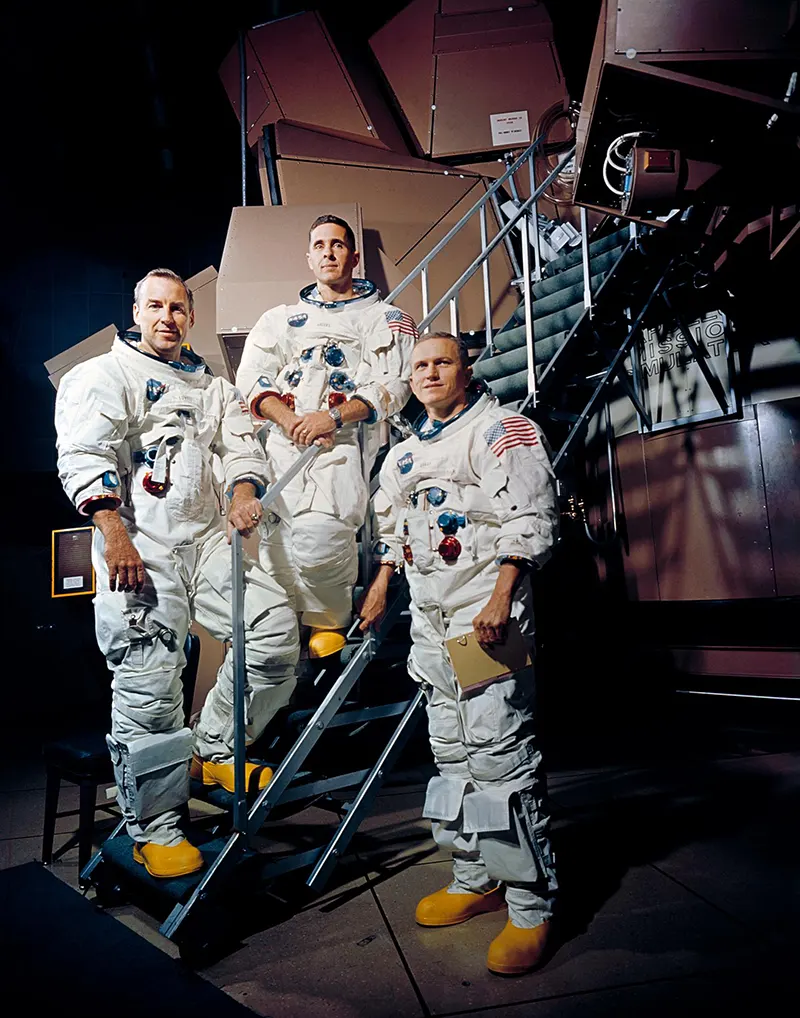
As the crew prepared for their journey, one of the many challenges they faced was the question of food. Space food had to be nutritious, easy to store, and safe to eat in a zero-gravity environment. Prior to Apollo 8, the options were limited and often unappetizing. Most of the food was freeze-dried and required rehydration, which made it bland and lacking in texture.
The Build-Up to the Christmas Dinner
Before Apollo 8, astronauts had frequently complained about the quality of the food. Many found it unappealing and struggled to eat enough during their missions. For example, during the Apollo 7 mission, astronauts had trouble with the compressed, bite-sized items that were supposed to be convenient but were often tasteless. Jim McDivitt, an Apollo 9 astronaut, even wrote down his food preferences on the back of the Apollo 8 crew menu, urging NASA to reduce the quantity of compressed items and include more meat and potatoes.
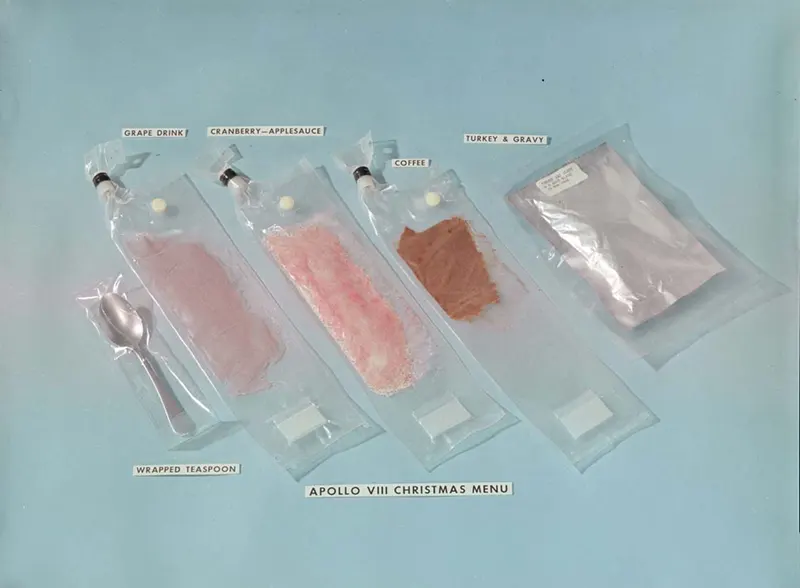
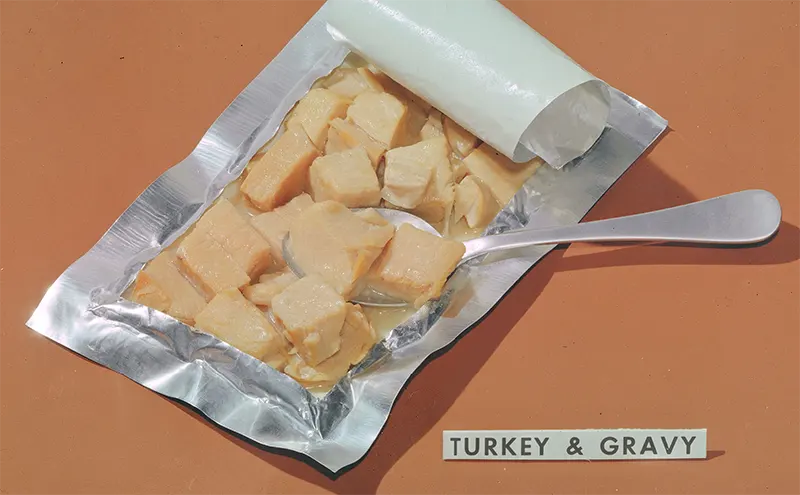

Rita Rapp, a physiologist leading the Apollo Food System team, took these complaints seriously. She understood that good food could boost morale and improve the overall experience for the astronauts. This led to the development of new food packaging and preparation methods to make meals more enjoyable. For Apollo 8, NASA decided to include a special surprise: a Christmas dinner with turkey and gravy.
The Christmas Dinner Surprise
On Christmas Day 1968, as Apollo 8 orbited the Moon, the crew discovered a surprise in their food locker. Wrapped in red and green ribbons was a specially prepared Christmas meal. This meal included turkey with gravy, cranberry sauce, and even grape punch. The packaging was designed to keep the food as close to a traditional holiday feast as possible, given the constraints of space travel.
The meal turned out to be a hit with the astronauts. Jim Lovell couldn’t resist contacting mission control to share their delight. He joked with capsule communicator Mike Collins, saying, “Looks like we might have been a little rough on the food guys back home. Right after our TV broadcast, Santa Claus dropped off a TV dinner for each of us, and let me tell you, it was outstanding! Turkey, gravy, cranberry sauce – the whole works.” Collins replied, expressing his envy, as the flight control team back on Earth was stuck with cold coffee and baloney sandwiches.

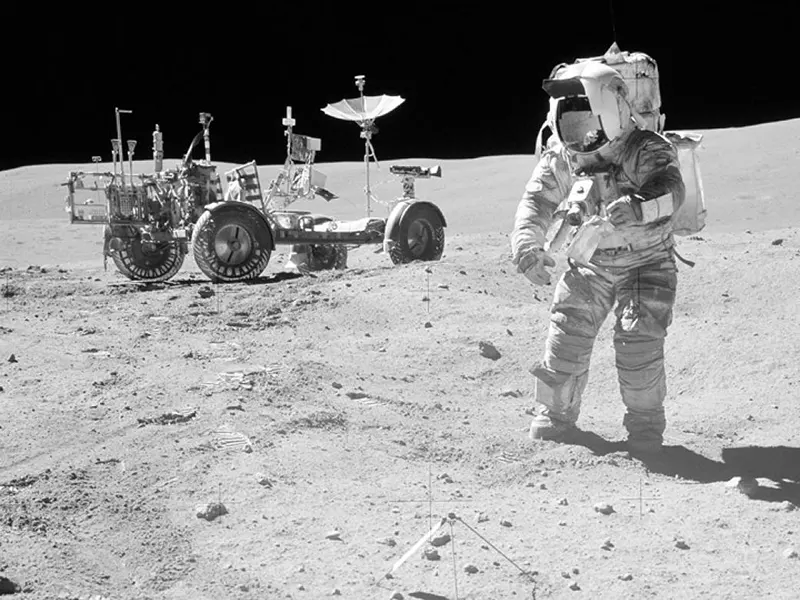
Prior to Apollo 8, astronauts’ food choices were limited to heavily processed, freeze-dried items that required rehydration. The new “wetpack” packaging allowed for thermostabilized meals that retained their natural water content and could be eaten with a spoon. This meant that the food tasted better and had a more appealing texture.
The turkey and gravy meal aboard Apollo 8 was a significant improvement over previous space food. It allowed the astronauts to see and smell their food, which made the experience more enjoyable. The texture and flavor of the turkey were preserved, and the meal did not require the lengthy process of adding water and kneading the package to rehydrate it. This innovation marked a turning point in how food was prepared and consumed in space.
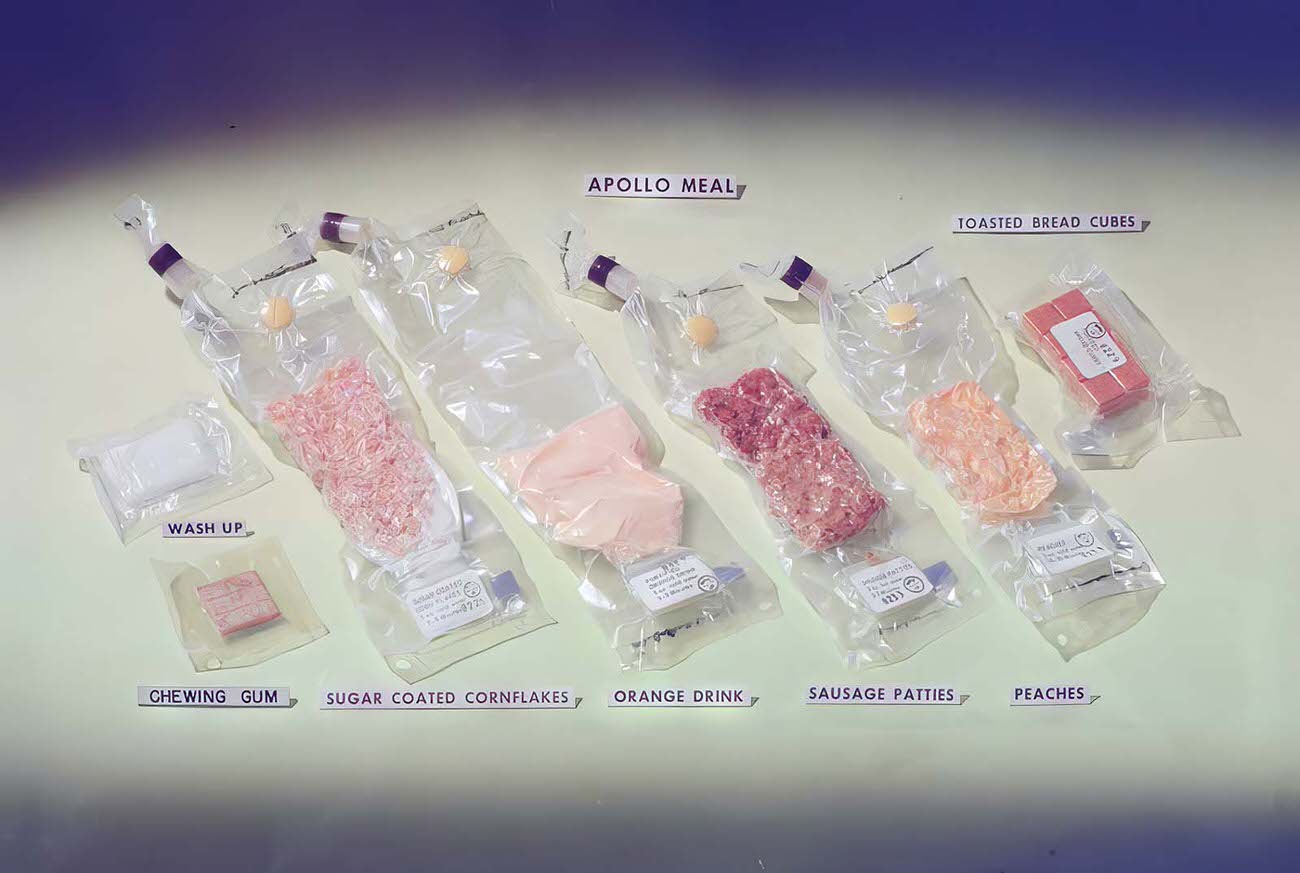
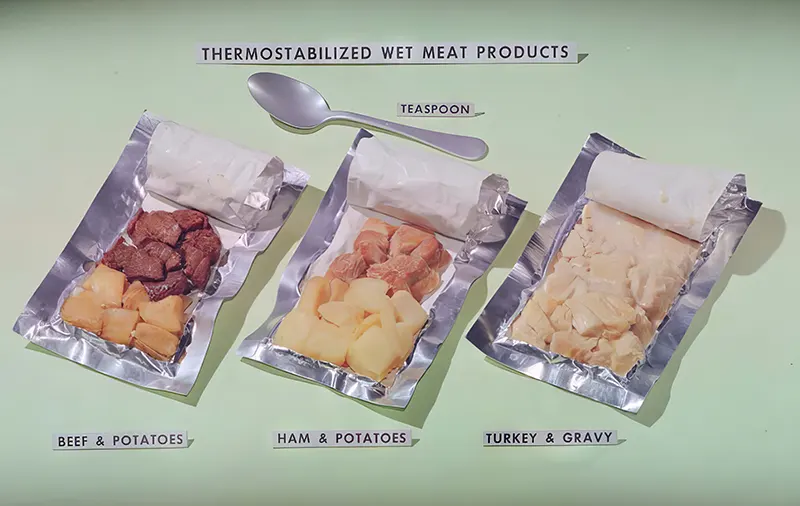
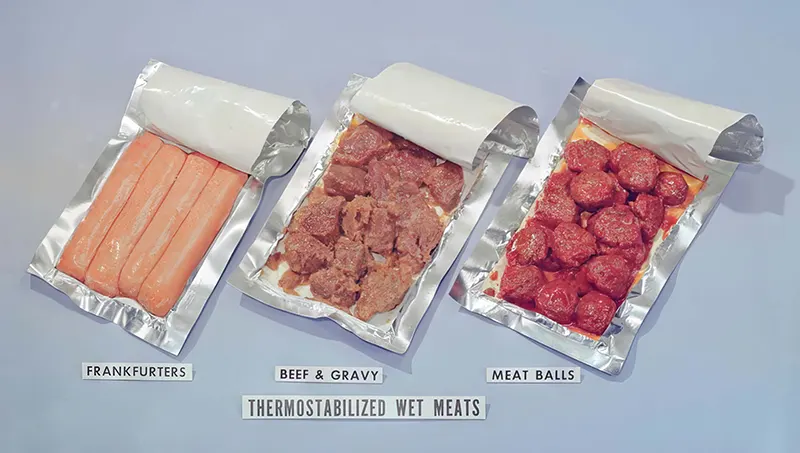
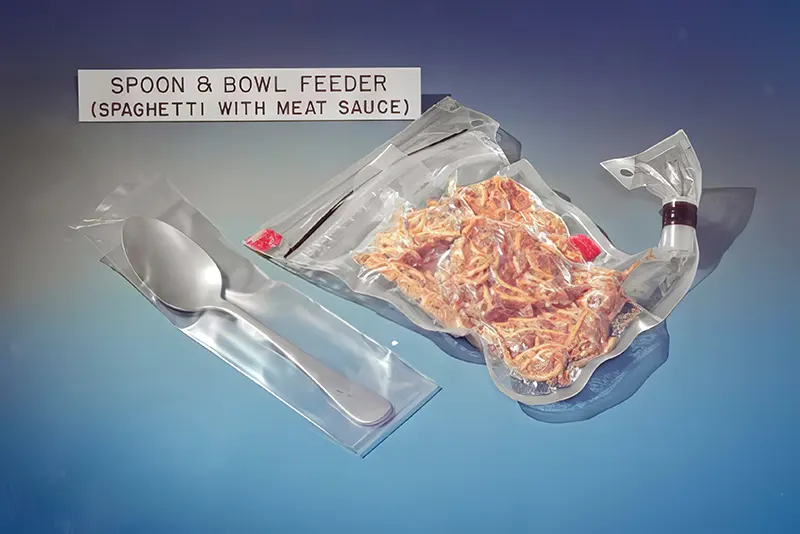
The Science Behind Space Food
Developing food for space travel is a complex task. The food must be nutritious, easy to store, and able to withstand the conditions of space. For Apollo 8, the U.S. Army Natick Labs in Massachusetts created the new wetpack packaging. This packaging was tested extensively by the U.S. Air Force through numerous parabolic flights, which simulated the microgravity environment of space. These tests ensured that astronauts could eat the food easily and safely using a spoon.
The success of the wetpack meal on Apollo 8 led to its inclusion in subsequent missions. NASA increased the number of wetpacks aboard Apollo 9 and continued to improve the variety and quality of space food. Astronauts were able to enjoy more diverse and palatable meals, which helped maintain their physical health and mental well-being during long missions.
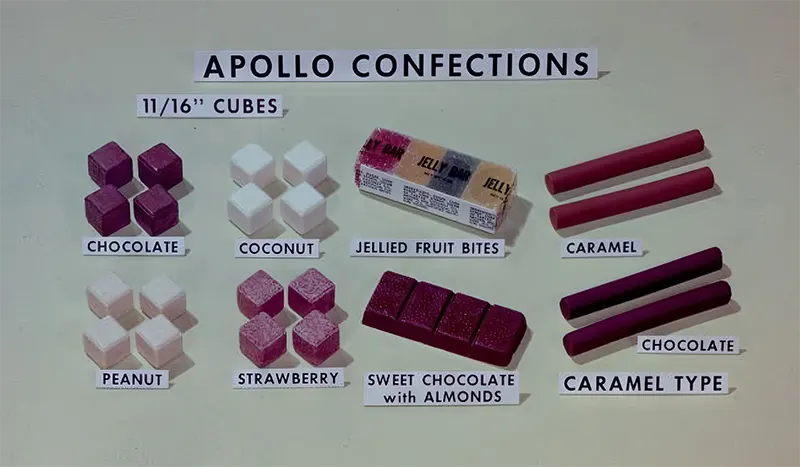
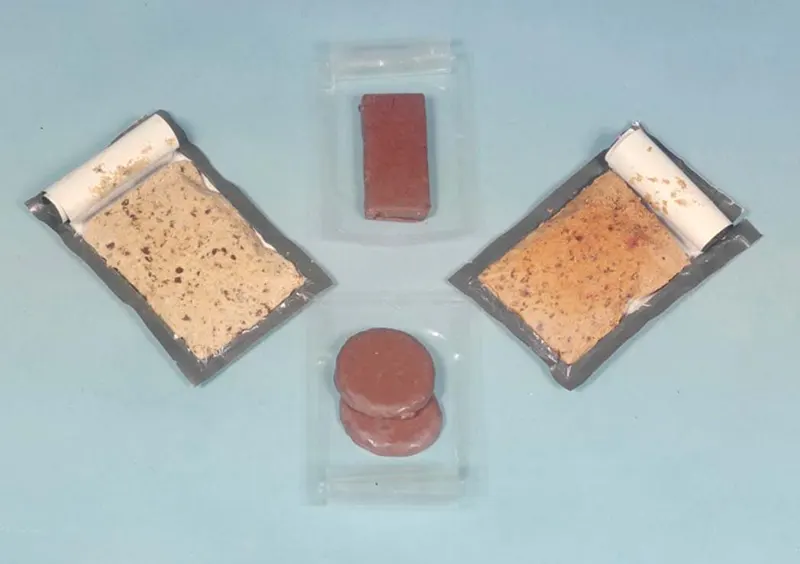
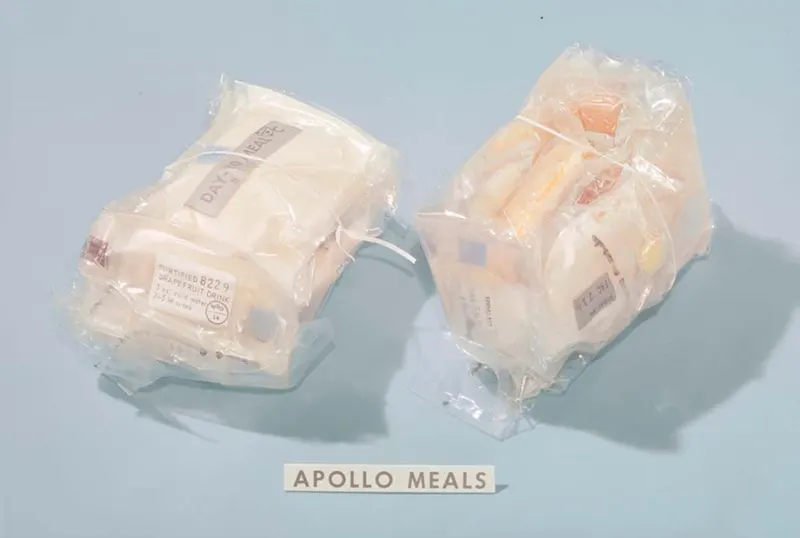
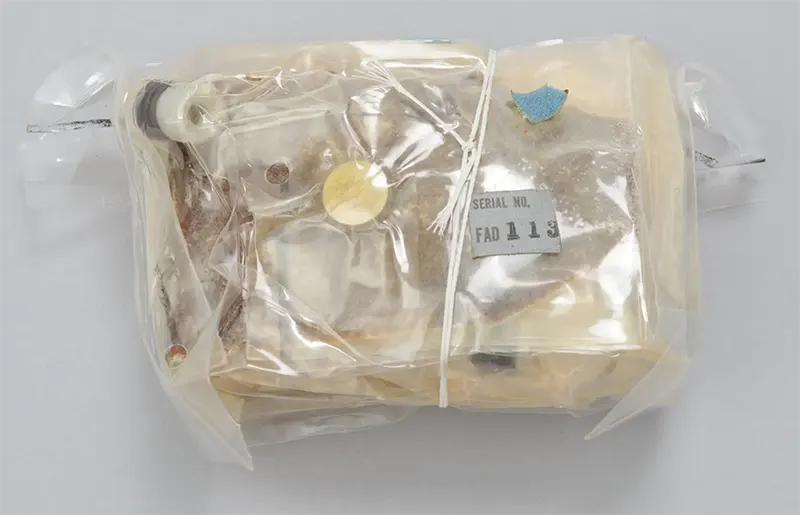
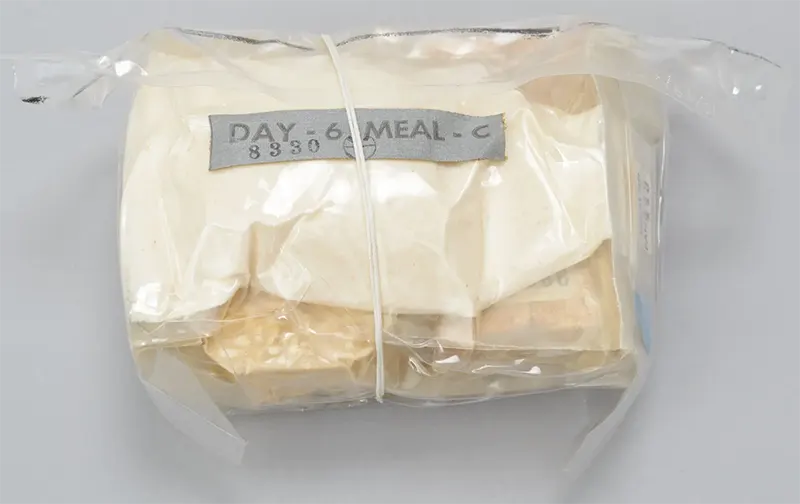
Frank Borman, Jim Lovell, and Bill Anders had been struggling with the unappetizing nature of most of their food during the mission. Frank Borman consumed very little, which concerned the flight surgeons. The Christmas meal provided a much-needed boost to their spirits and appetites.
The crew’s reaction to the meal underscored the significance of food presentation and serving methods. Eating with a spoon, rather than using the zero-G feeder tubes, made the dining experience more familiar and enjoyable. It also simplified meal preparation and consumption, which was important in the confined and challenging environment of the spacecraft.
NASA recognized that the methods of presenting and serving food were crucial to the astronauts’ well-being. This realization led to continued improvements in space food technology, making future missions more comfortable for astronauts.
The Apollo 8 mission itself was a landmark achievement, demonstrating the feasibility of manned lunar missions. The images of Earth rising over the Moon, captured by the Apollo 8 crew, became iconic symbols of our planet’s beauty and fragility. These images helped to foster a sense of global unity and environmental awareness.


